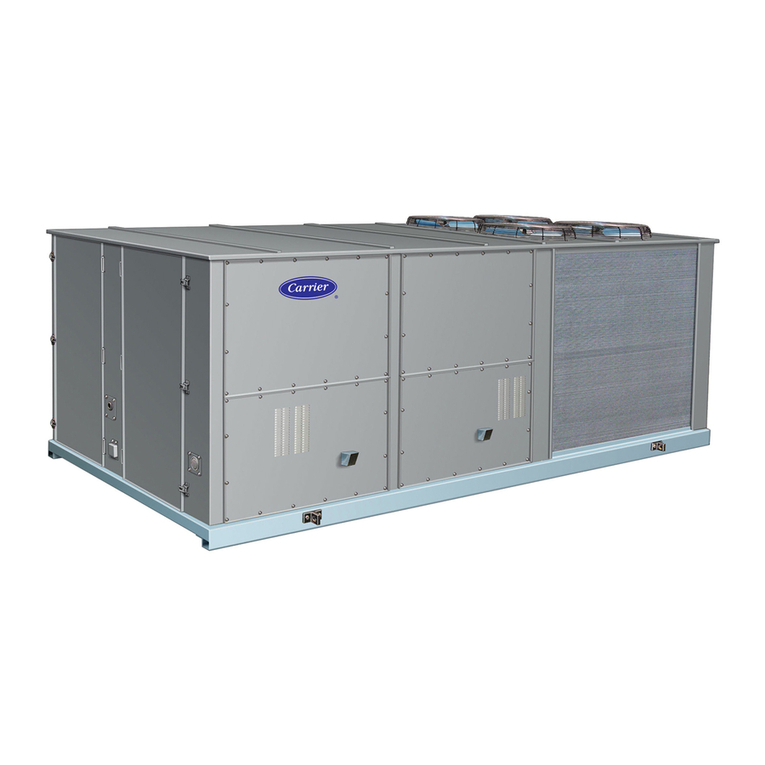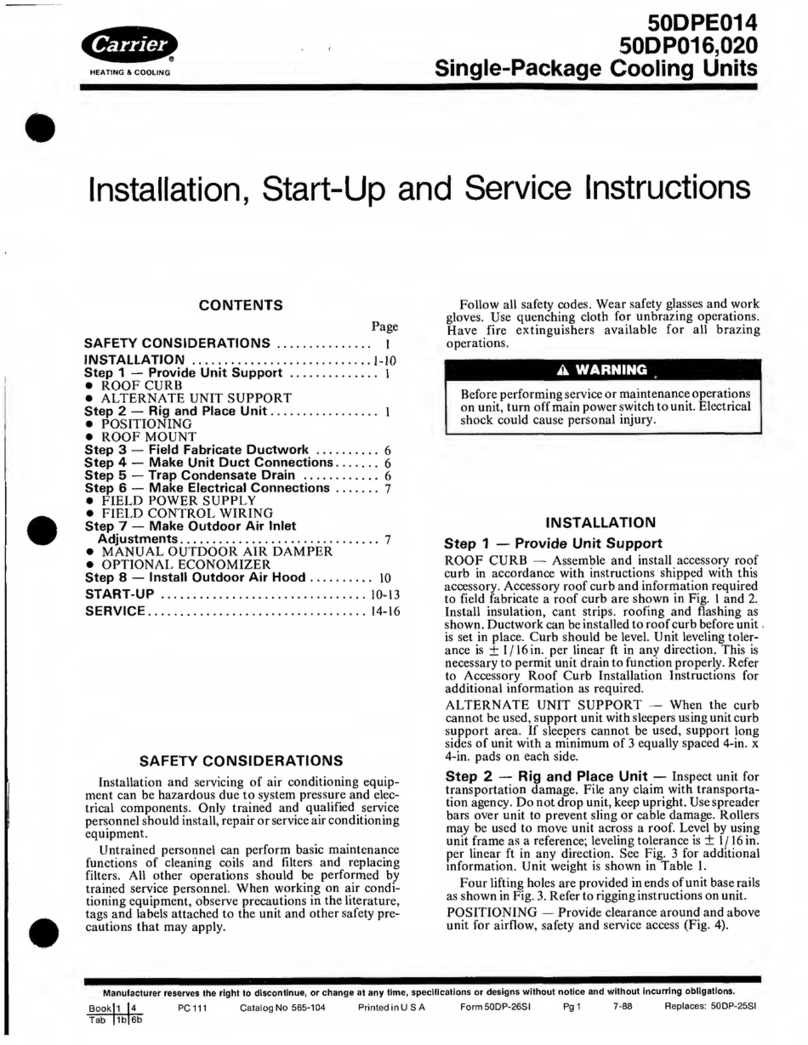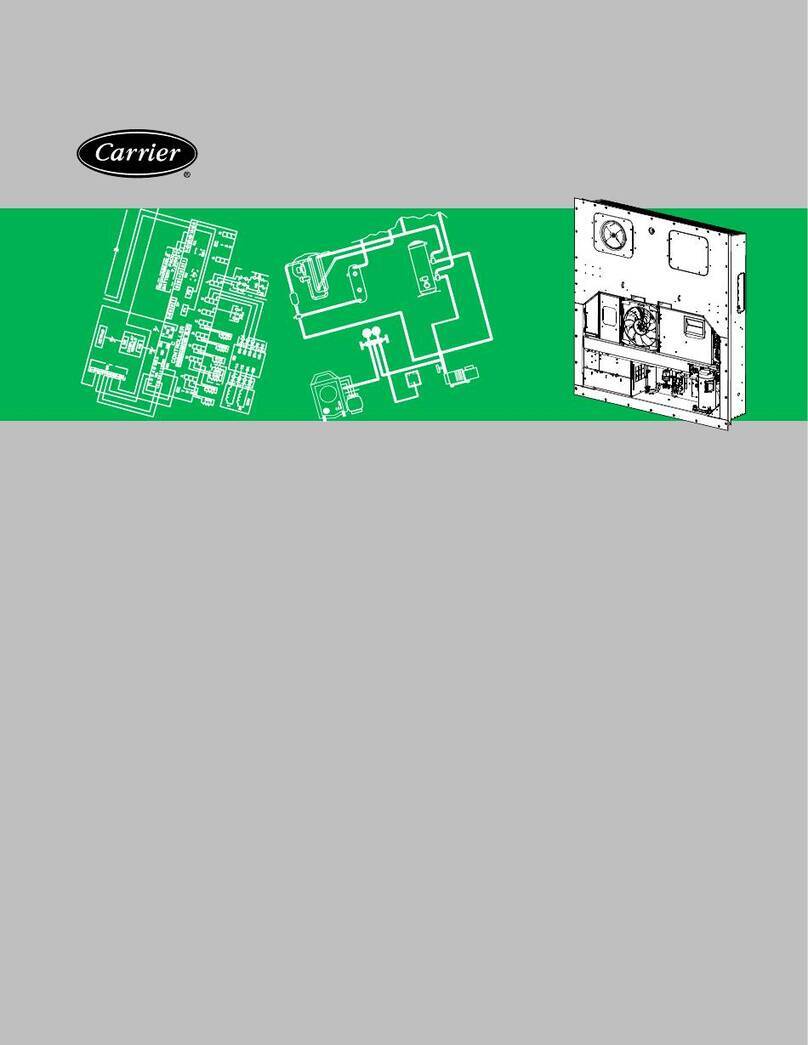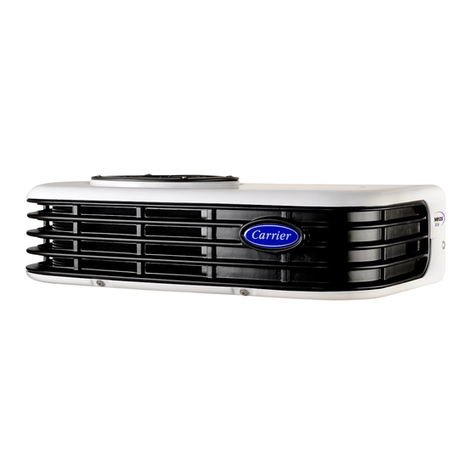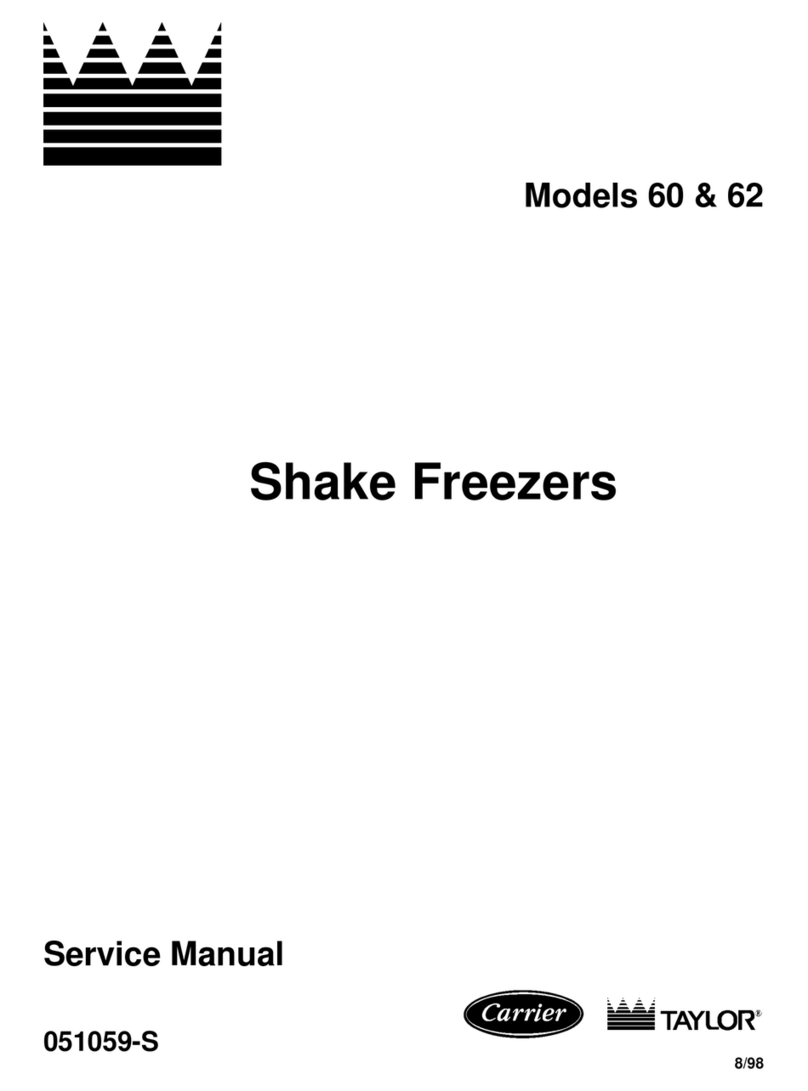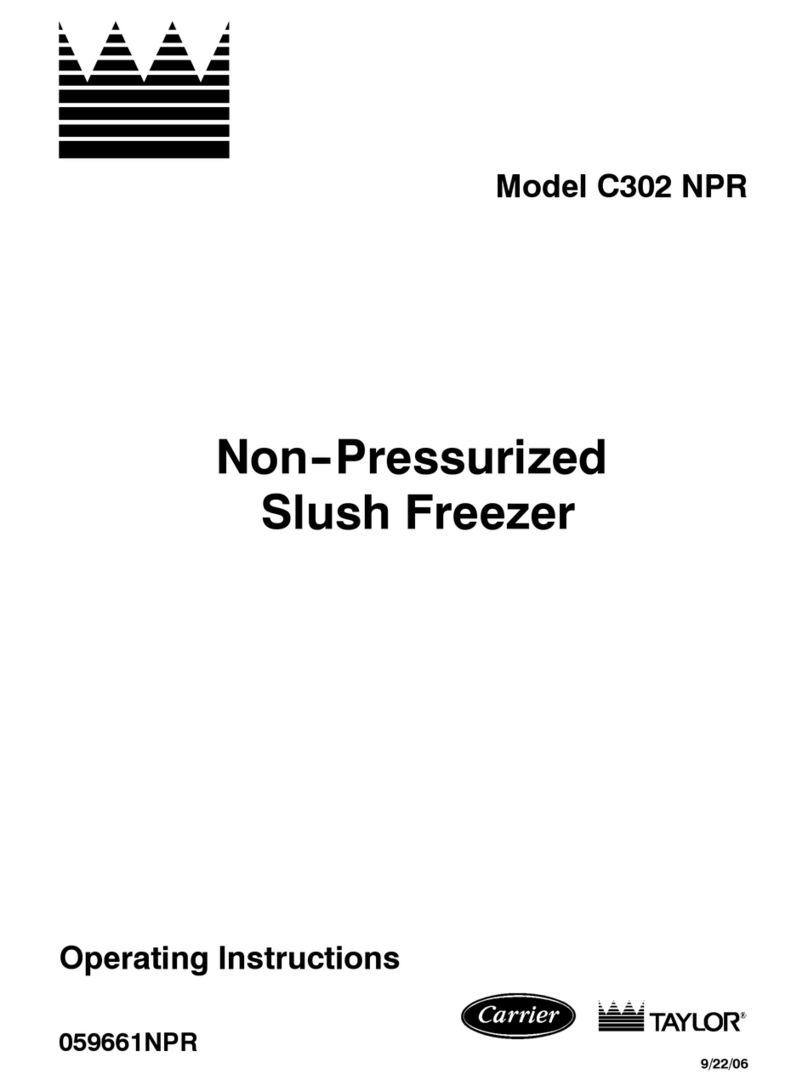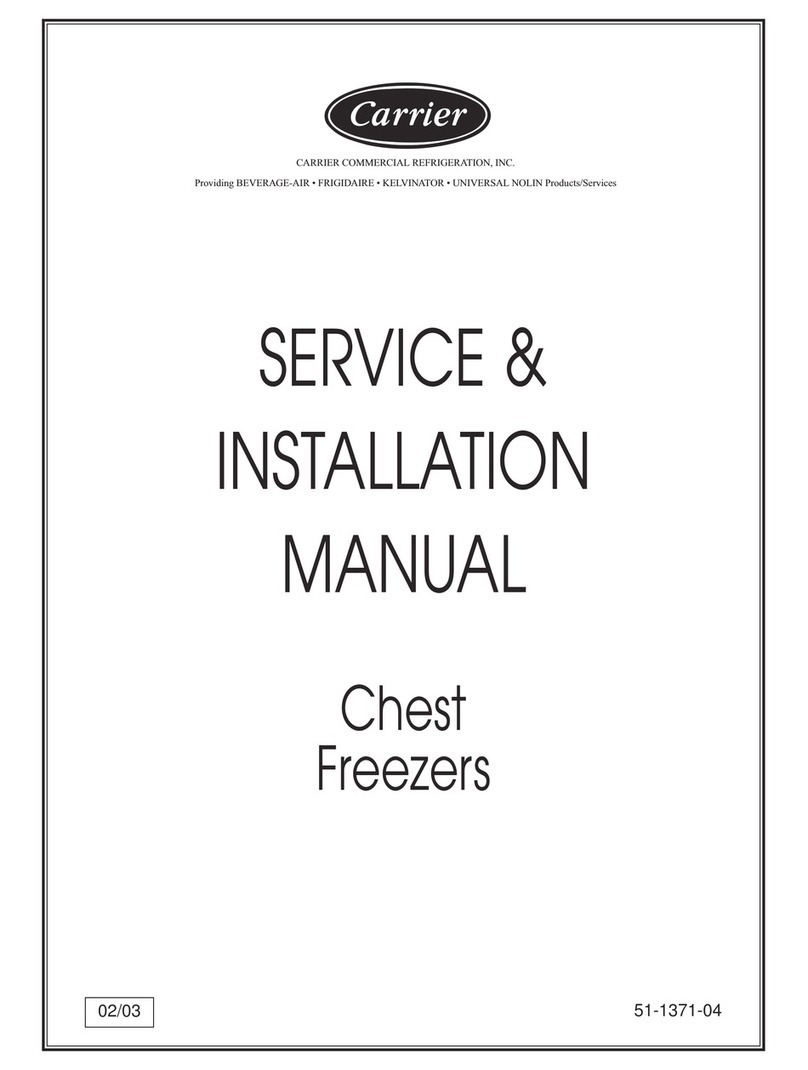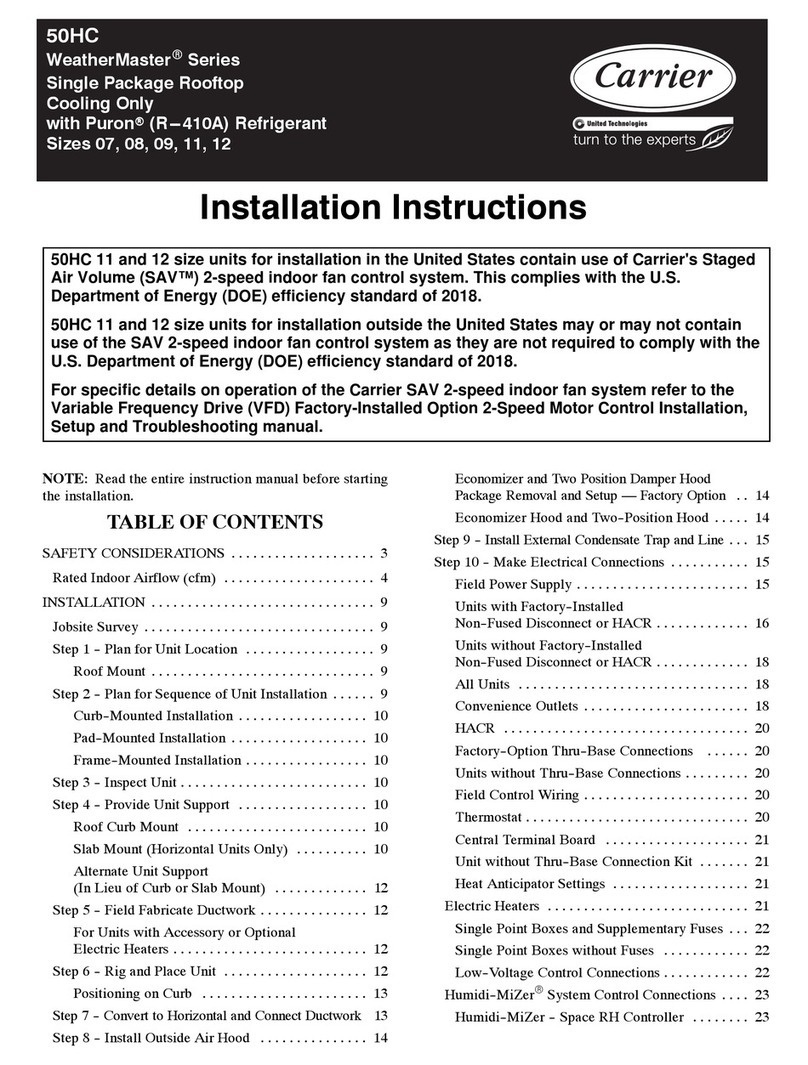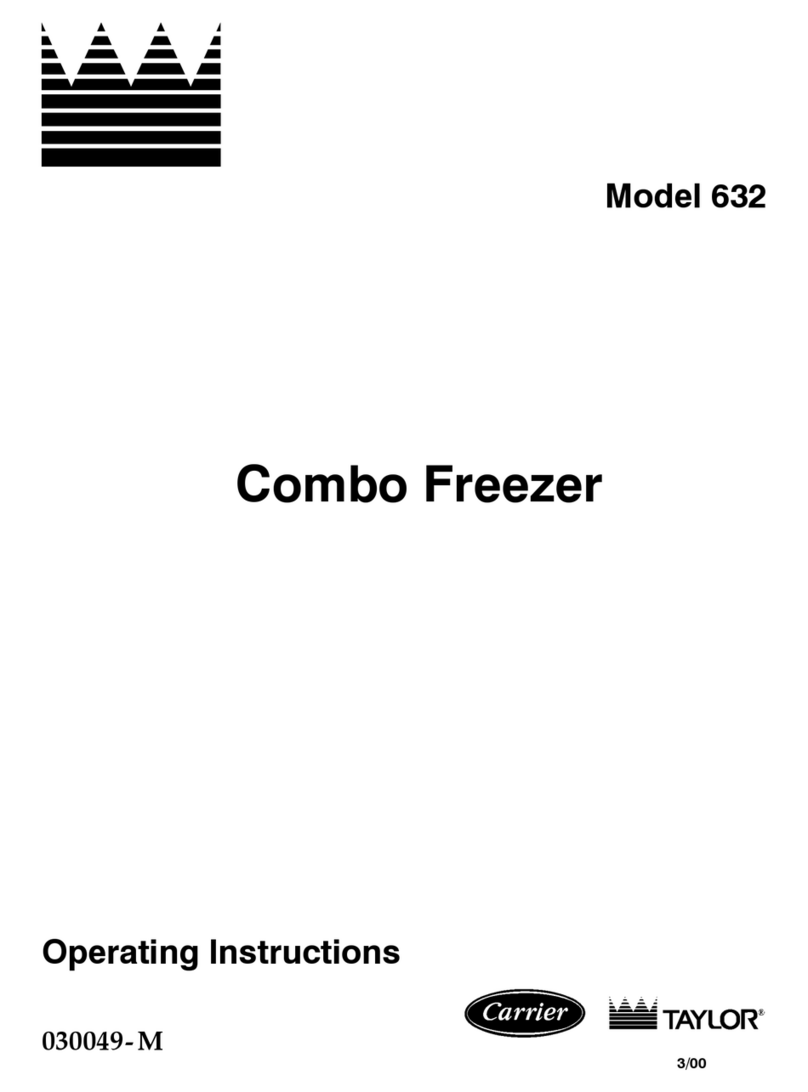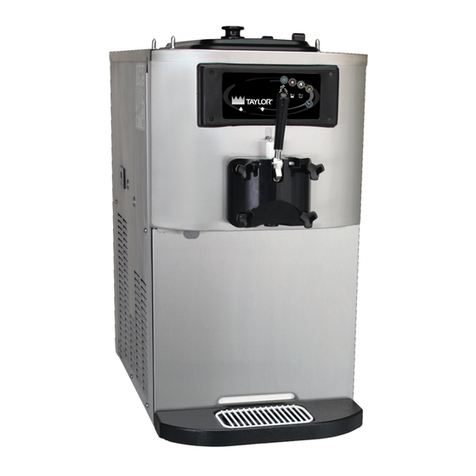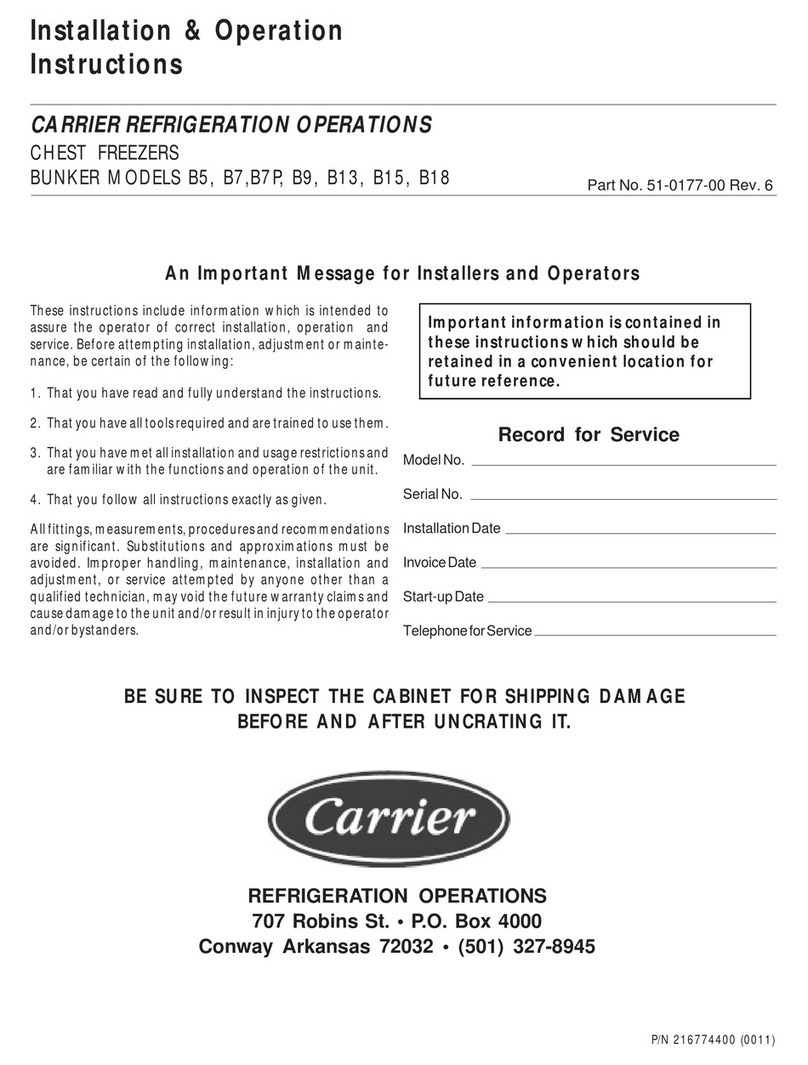
The illustrations in this document are for illustrative purposes only and not part of any offer for sale or contract. The manufacturer reserves the right to change the design
at any time without notice.
1 - RECEIVING THE UNIT..................................................................................................................................................................4
1.1 - General checks .........................................................................................................................................................................4
1.2 - Unloading ..................................................................................................................................................................................4
2 - SAFETY INSTRUCTIONS .............................................................................................................................................................4
2.1 - In an emergency........................................................................................................................................................................4
2.2 - The 4 main risks........................................................................................................................................................................4
3 - GENERAL INFORMATION............................................................................................................................................................5
3.1 - Unit functions.............................................................................................................................................................................5
3.2 - Standards..................................................................................................................................................................................5
3.3 - Warranty....................................................................................................................................................................................5
4 - NAME PLATE ................................................................................................................................................................................5
4.1 - Designation ...............................................................................................................................................................................5
5 - INSTRUCTIONS FOR LIFTING AND TRANSPORTATION .......................................................................................................... 6
5.1 - Handling units using rings xed to the roof: standard units.......................................................................................................6
5.2 - Handling units using sling stops xed underneath: special units ..............................................................................................7
5.3 - Transport ...................................................................................................................................................................................7
6 - STORAGE......................................................................................................................................................................................7
7 - LOCATION.....................................................................................................................................................................................8
7.1 - Maximum permitted wind speed................................................................................................................................................8
7.2 - Floor mounting ..........................................................................................................................................................................8
8 - INSTALLATION RECOMMENDATIONS ....................................................................................................................................... 9
9 - CONNECTIONS...........................................................................................................................................................................10
9.1 - Electrical connection ...............................................................................................................................................................10
9.2 - Fluid connection ......................................................................................................................................................................10
9.3 - Connecting a speed regulator .................................................................................................................................................10
10 - OPERATION .............................................................................................................................................................................. 11
10.1 - First commissioning............................................................................................................................................................... 11
10.2 - If anomalies occur.. .............................................................................................................................................................. 11
10.3 - Recommendations for use .................................................................................................................................................... 11
11 - AC FAN MOTOR ASSEMBLIES................................................................................................................................................12
11.1 - AC motor protection...............................................................................................................................................................12
11.2 - Fan with AC motor (3-ph 230 V/400 V 50 Hz) .......................................................................................................................12
11.3 - Fan with AC motor 3-ph 208 V and 3-ph/400 V to 480 V 60 Hz............................................................................................12
12 - EC FAN MOTOR ASSEMBLIES................................................................................................................................................13
12.1 - EC motor protection ..............................................................................................................................................................13
12.2 - Fan with EC motor (3-ph 380 V to 480 V 50/60 Hz)..............................................................................................................13
13 - MAINTENANCE.........................................................................................................................................................................14
13.1 - Recommendations for maintenance......................................................................................................................................14
13.2 - Maintenance frequency.........................................................................................................................................................14
13.3 - Cleaning the coils..................................................................................................................................................................14
13.4 - Removing and retting a fan .................................................................................................................................................15
14 - PROTECTION CABINET OPTION............................................................................................................................................17
15 - CONTROL CABINET WITH ELECTRONIC BOARD OPTION.................................................................................................18
16 - CONTROL CABINET CONTROLLED BY THE CHILLER OPTION (AUX1) ............................................................................ 20
17 - ELECTRICS BOX OPTION .......................................................................................................................................................21
18 - STAGING FOR CONTROL CABINET AND CONTROL CABINET CONTROLLED BY THE CHILLER OPTIONS (AUX1).... 22
19 - SPECIAL INFORMATION FOR ATEX AREAS .........................................................................................................................23
19.1 - General information...............................................................................................................................................................23
19.2 - Periodic inspections/checks ..................................................................................................................................................24
19.3 - Using tools in an explosive atmosphere................................................................................................................................25
19.4 - Appendix................................................................................................................................................................................26
20 - DESTRUCTION OF THE UNIT..................................................................................................................................................27
CONTENTS
3

